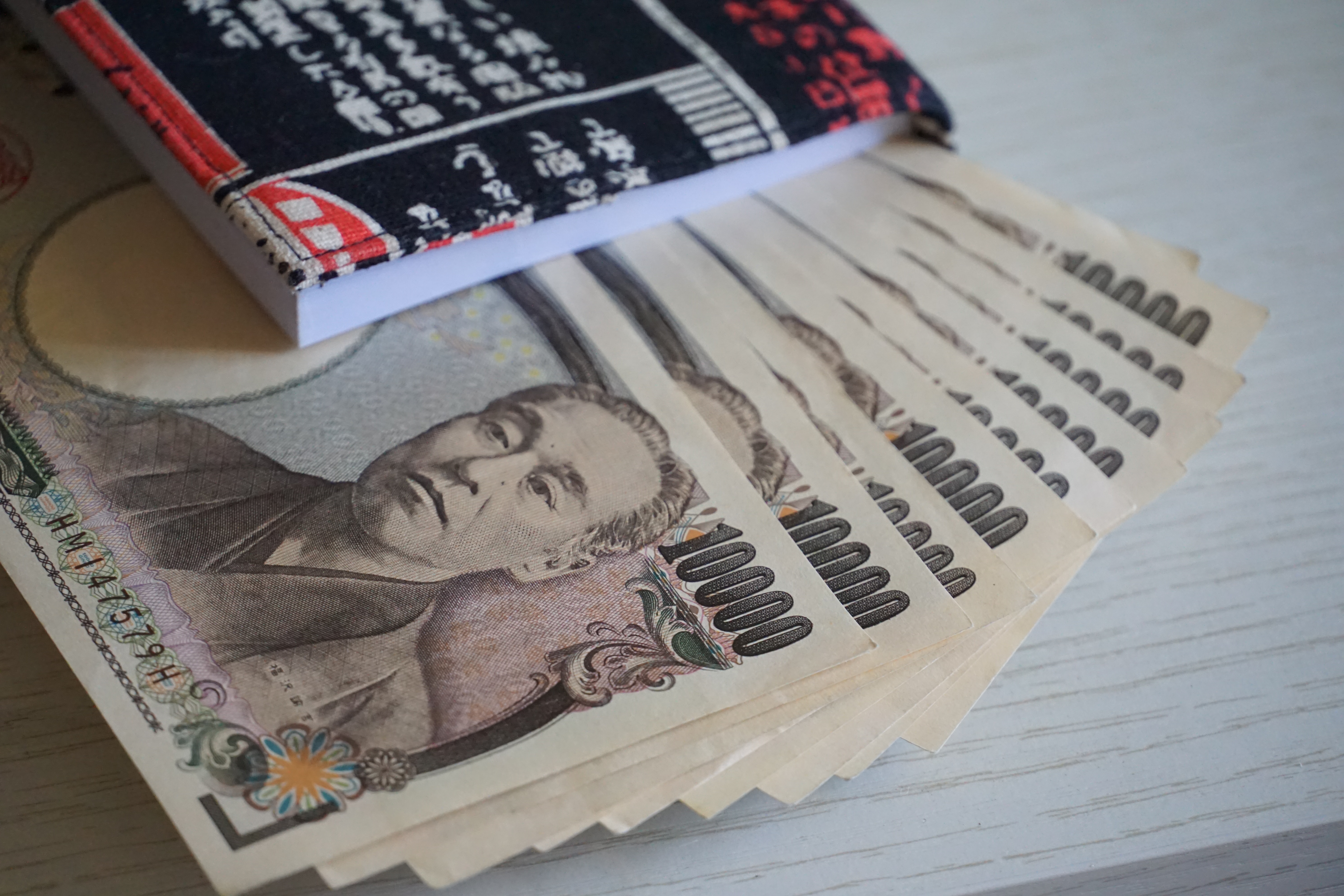
Last week, the Bank of Japan (BOJ) announced revisions to its Yield Curve Control (YCC) policy, redefining the upper and lower limits that govern the fluctuation range for 10-year Japanese Government Bonds (JGB) yields. In this statement, the central bank says it will regard the boundaries as references rather than fixed thresholds.
Aninda Mitra, head of Asia macro and investment strategy, BNY Mellon Investment Management, calls the central bank’s decision ‘a tweak in all but name.’ He says: “The announcement was a convoluted decision to tolerate yields as high as 1%, without walking away from 0% 10Y JGB target or even the ‘reference’ to 0.5% cap.”
Michael Makdad, senior equity analyst at Morningstar, says: “Essentially, the BOJ can now claim to maintain its YCC policy while also allowing room to abandon it if market pressures push the 10-year JGB yield far from zero.”
He thinks the new interpretation would provide the central bank with a better understanding of the market rate of 10-year JGB yields without its intervention and could reduce the risk of improper market functioning, such as the nine-year JGB yield exceeding the 10-year yield as seen in December 2022.
What’s Yield Curve Control?
The YCC policy was first introduced by the BOJ in 2016 and has been instrumental in keeping long-term interest rates at around 0%. This strategy was aimed at supporting Japan’s economic growth and stimulating inflation, which has remained persistently below the BOJ's target of 2%.
The promise of an ‘around-zero’ yield has been kept by buying government bonds.
At the launch, the scheme allowed modest fluctuation of up to 0.10% on each side of zero. In July 2018, this fluctuation allowance was doubled to be between negative 0.20% and positive 0.20%, interpreted as "around zero." Over time, this range was widened further to 0.25% on each side of zero in March 2021 and then to 0.50% on each side of zero in December 2022.
Makdad explains: “With the latest announcement, the range remains at negative 0.50% to positive 0.50%, but BOJ now has more flexibility in its interpretation. This means that if the market demand for 10-year JGBs results in a yield of 0.505%, the BOJ is no longer bound to purchase as many JGBs as needed to push the yield below 0.50%, unlike the previous approach.”
Makdad thinks this move is reminiscent of the BOJ’s actions in September 2016 when the adoption of the YCC policy granted it more flexibility in JGB purchases. “Before that decision, the BOJ had promised to buy sufficient JGBs to expand the monetary base by around 80 trillion yen a year. This commitment, while intended to demonstrate BOJ’s dedication to monetary easing, proved to be too restrictive to sustain over the years,” he adds.
Japanese Banks Stand to Benefit
Makdad and Mitra both agree that the changes do not suggest an immediate shift towards a tightening cycle, as observed in other developed economies.
Makdad notes the changes in the monetary policy came ‘in an important way,’ but they represent a change of emphasis rather than a complete and abrupt regime shift.”
As a result of these changes, Makdad thinks: “Japanese bank stocks may be influenced more by market forces and less by the central bank. This could potentially lead to higher interest rates over time, depending on the level of inflation in Japan, especially service prices and wages.”
With a little change in yields on Japanese government bonds after the announcement, BNY Mellon’s Mitra says it would not be surprising to see an increase towards the 1% mark. He thinks higher long-end yields will favor Japanese bank stocks. “The YCC tweak is a normalization and not a tightening of policy. Front-end rates are still near zero. That implies widening net interest margins for the banks whose price multiples are very cheap,” he adds.
What About Japanese Yen and Other Equities?
Moreover, he foresees such tweaks could drive the yen stronger in the remainder of the year to the mid-130s against U.S. dollar. He adds: “[The Japanese yen] could be even stronger if the grind higher in U.S. policy and rates came to a quicker standstill. The latter will require a clearly easing trend in (still elevated) U.S. core inflation.”
With a stronger yen, he expects the stock prices in large conglomerates that benefit from outsized yen weakening in the form of large foreign-exchange translation gains to see a pullback.
“We had anticipated a YCC tweak and have been suggesting staying tactically neutral Japanese equities even as market optimism rose sharply in the last few months,” adds Mitra. The Japanese equity market is at a 33-year high, with Nikkei 225 gaining 27.5% year to date.










.png)



.jpg)





